Artist: Paranoia Inducta
Album: From The Depths
Release date: 12 March 2017
Label: Rage In Eden
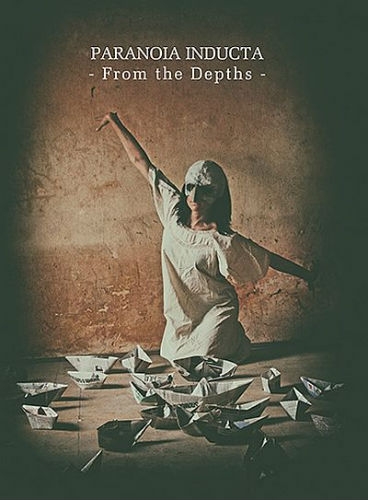 Tracklist:
Tracklist:
01. Desolation Zone
02. Today We Will All Die
03. Whispers And Cogs
04. And Soon The Darkness
05. From The Depths
06. The Noonday Demon
07. Sanctuary Of Madness
08. Witchtrap
09. I’m Just Pain
10. Children Of Saturn
11. My Own Purgatory
12. Shadow People
13. Near-Death Experience
14. Locked-in Syndrome
Paranoia Inducta is a vastly diverse musical project, helmed by Anthony Armageddon Destroyer. While there have been guest musicians on his albums, Paranoia Inducta is mainly a one man project. Entering the dark / industrial / noise ambient scene back in 2004 with his debut Sanctified Destruction, Paranoia Inducta has shown a diversity from its very inception.
Listening back through the discography of Paranoia Inducta, one may find examples of many different musical genres. Everything from sacral choir music to ungodly guitar riffs paint a picture of a world on the brink of destruction. Paranoia Inducta call their style apocalyptic death industrial and for the most part this is a fitting tag.
Yet, the sounds of Paranoia Inducta go much further than would be expected from apocalyptic death industrial. There has always been a variety of styles in the project, but nowhere more than this present release of From The Depths. We can hear a beautiful if somber piano arrangement on “Today We Will All Die”. The track is truly enchanting, and yet all the while there are metallic echoes and dripping waters as if there is a grand piano slowly rotting away in the bowels of some old-world sewer system.
From The Depths stands as the finale to the trilogy of releases which began with Evil Angel in 2010, followed by Maze of Death in 2013, and closing with From The Depths in 2017. In their own words, “This is the story about loss, loneliness, despair and lack of hope.” This is surely an apt description of the themes presented on all three albums. The sense of loss and despair can only be felt after losing something worth holding onto. In this way we hear these beautiful section of music throughout the album serving as a reminder of a past which held the key to happiness. A past which will never return. A chapter closed. The present chapter holds no serenity. There is now only a deep sense of regret and resignation. Paranoia Inducta warns listeners of the album’s ability to induce a deep state of depression. Indeed, From The Depths writhes in depression. It showcases the disaster of the present, markedly diverging from the contentment of the past.
While the album seems to reflect inner turmoils, personal struggles, there is also a strong sense of religiosity. From the throat singing of “And Soon The Darkness” to the lovely female choral vocals of “From The Depths” we can sense that there is more to the story than just an interpersonal relationship souring. There seems to be an abandonment of faith added to the depression. As if God was invoked to bring about a happier scenario, yet the prayers fell on deaf ears. The reverent follower loses faith, falls from grace. This leaves them open to the darker strains of religion, the unholy rites of demonic resurrections. If God will not help, maybe his arch-nemesis will…
Paranoia Inducta covers much ground with From The Depths. It tells the closing of a story which clearly doesn’t have a happy ending. The technical talents of the artist are at an all time high on From The Depths. Each track feels unique, yet fits perfectly into the whole. Add to this successful combination of sounds the beautiful artwork and A5 digipak of the physical edition, and we are left with a powerful all-encompassing work of art. Paranoia Inducta has proven with From The Depths that they still have plenty of energy and potential for this almost 15 year old project. In fact, some of the best work may still be yet to come. Where the next chapter in the story of Paranoia Inducta will take us, we must wait to discover.
Written by: Michael Barnett
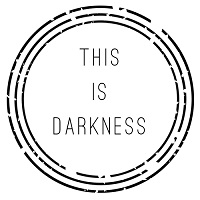
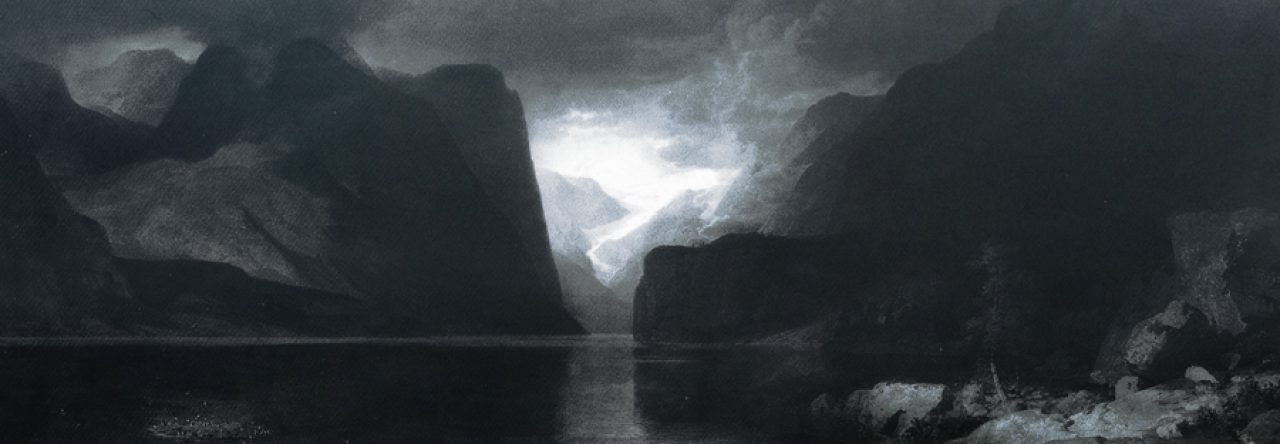

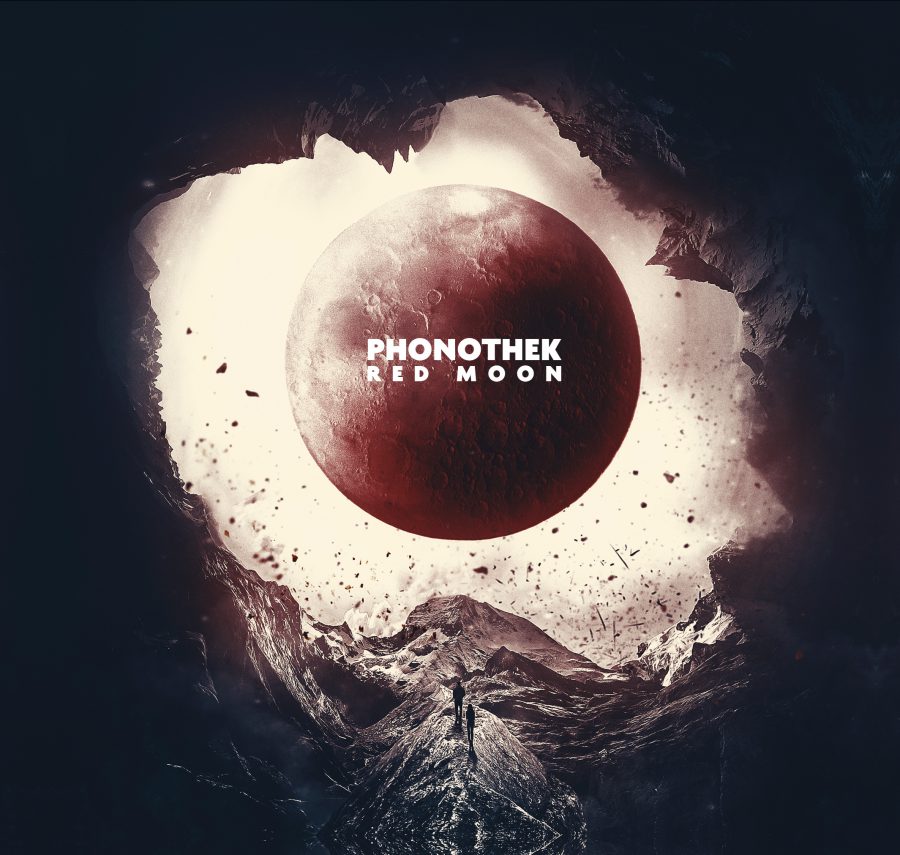
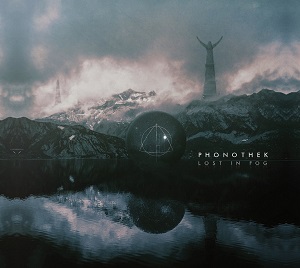
 themselves walking through the filthy alleys of New Orleans, late at night, as a thick fog hovers over the streets and the scent of refuse and the homeless sicken the senses. The darkness is perfectly blended with the noir jazz style, breathing life into Red Moon. It effortlessly pulls the listener along for a journey which won’t be soon forgotten. Of course, Phonothek may have never seen the streets of New Orleans, and certainly there are many other and older cities across the lands of Europe and Russia which would equally fit these sounds.
themselves walking through the filthy alleys of New Orleans, late at night, as a thick fog hovers over the streets and the scent of refuse and the homeless sicken the senses. The darkness is perfectly blended with the noir jazz style, breathing life into Red Moon. It effortlessly pulls the listener along for a journey which won’t be soon forgotten. Of course, Phonothek may have never seen the streets of New Orleans, and certainly there are many other and older cities across the lands of Europe and Russia which would equally fit these sounds. On “Last Melody” Phonothek made another brilliant move by adding the skills of Pär Boström’s often apocalyptic urban soundscapes that are Cities Last Broadcast. Cities Last Broadcast adds some of its more eerie and occult leaning work to “Last Melody”. We hear Boström’s falsetto voice barely cutting through the mix at one point, adding an otherworldly feeling to the track. After these two highly original and perfectly executed collaborative tracks, the rest of the album is able to commence at a running start.
On “Last Melody” Phonothek made another brilliant move by adding the skills of Pär Boström’s often apocalyptic urban soundscapes that are Cities Last Broadcast. Cities Last Broadcast adds some of its more eerie and occult leaning work to “Last Melody”. We hear Boström’s falsetto voice barely cutting through the mix at one point, adding an otherworldly feeling to the track. After these two highly original and perfectly executed collaborative tracks, the rest of the album is able to commence at a running start.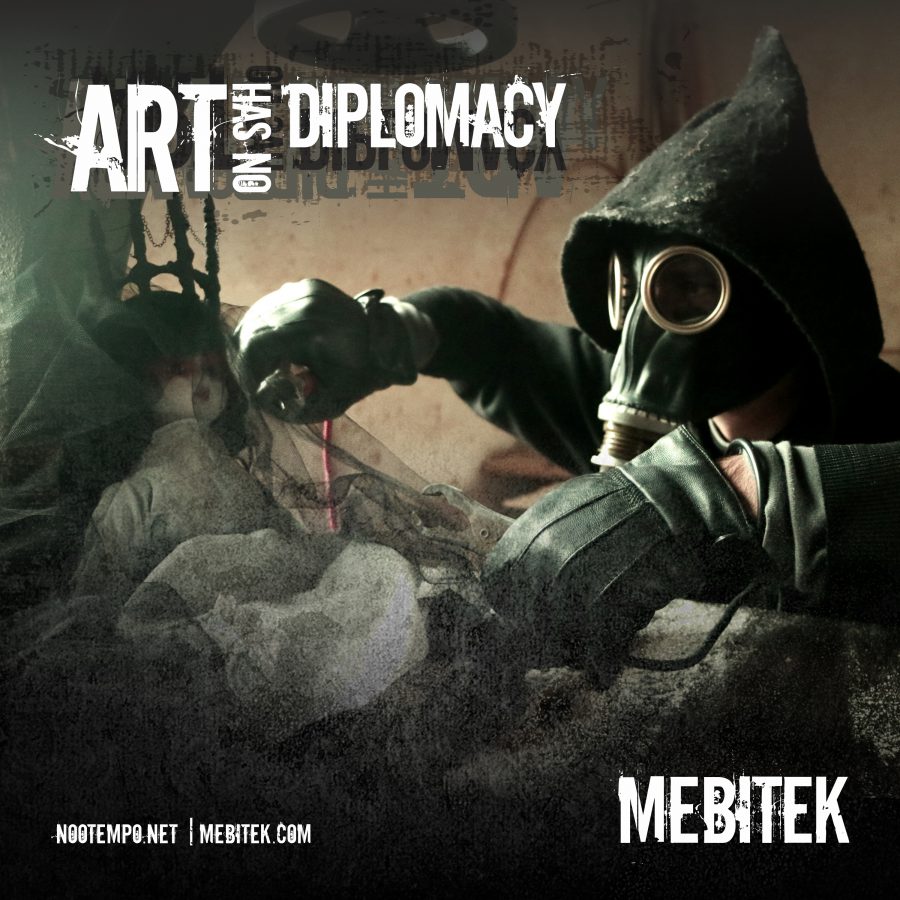
 Mebitek brings along with him on this album a few other Italian artists of various forms. Larissa provides a beautiful voice on the track “Pray”. While Quilo Sa Razza applies a hip-hop verse over “Stepper in the Dark”. Each of these and several other guest artist always provide a brand new element to the sounds of Art Has No Diplomacy.
Mebitek brings along with him on this album a few other Italian artists of various forms. Larissa provides a beautiful voice on the track “Pray”. While Quilo Sa Razza applies a hip-hop verse over “Stepper in the Dark”. Each of these and several other guest artist always provide a brand new element to the sounds of Art Has No Diplomacy.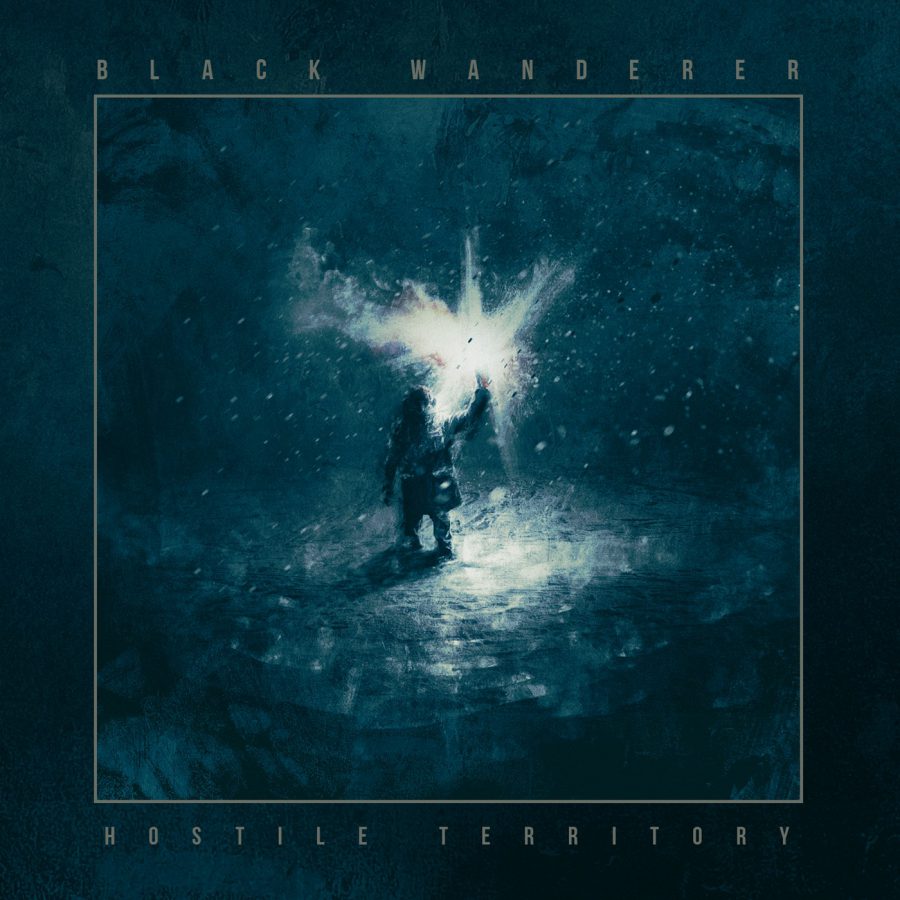
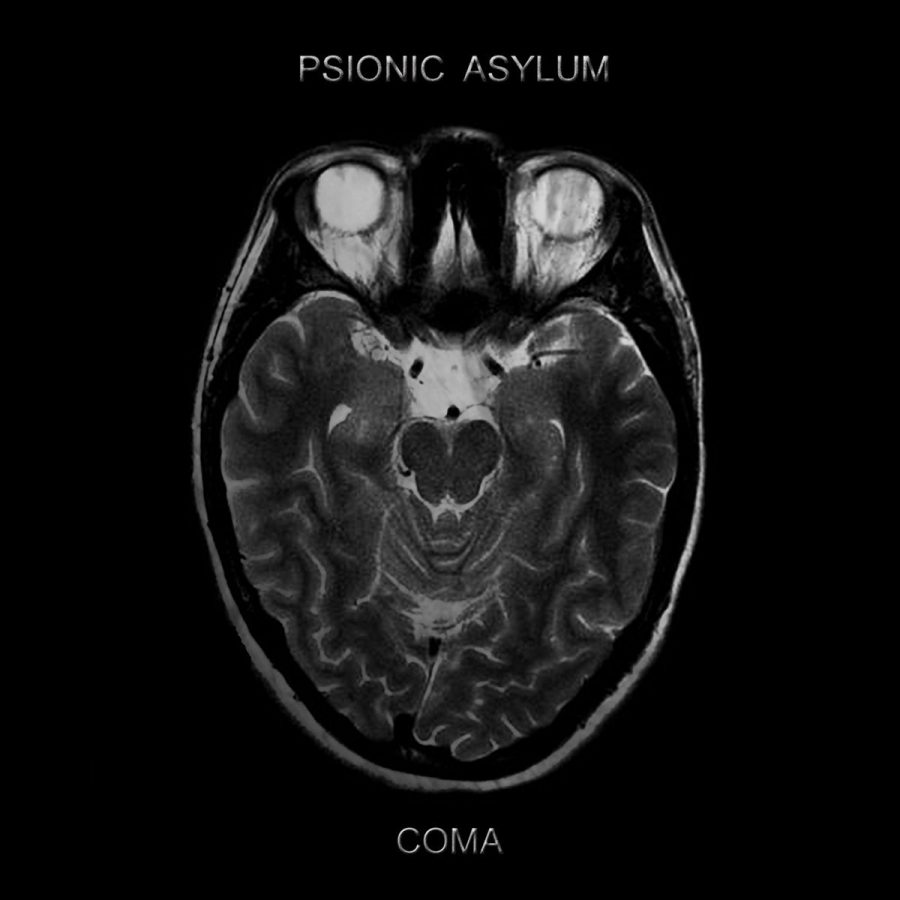

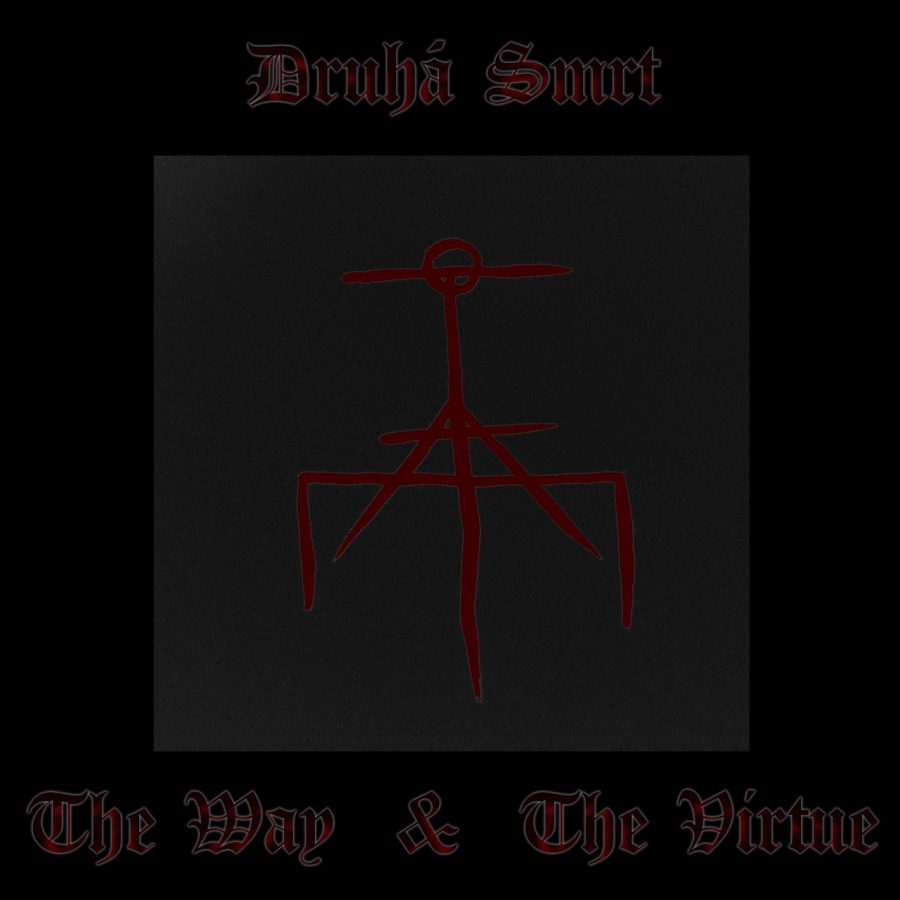

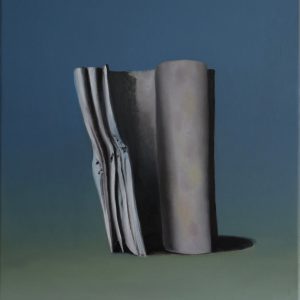


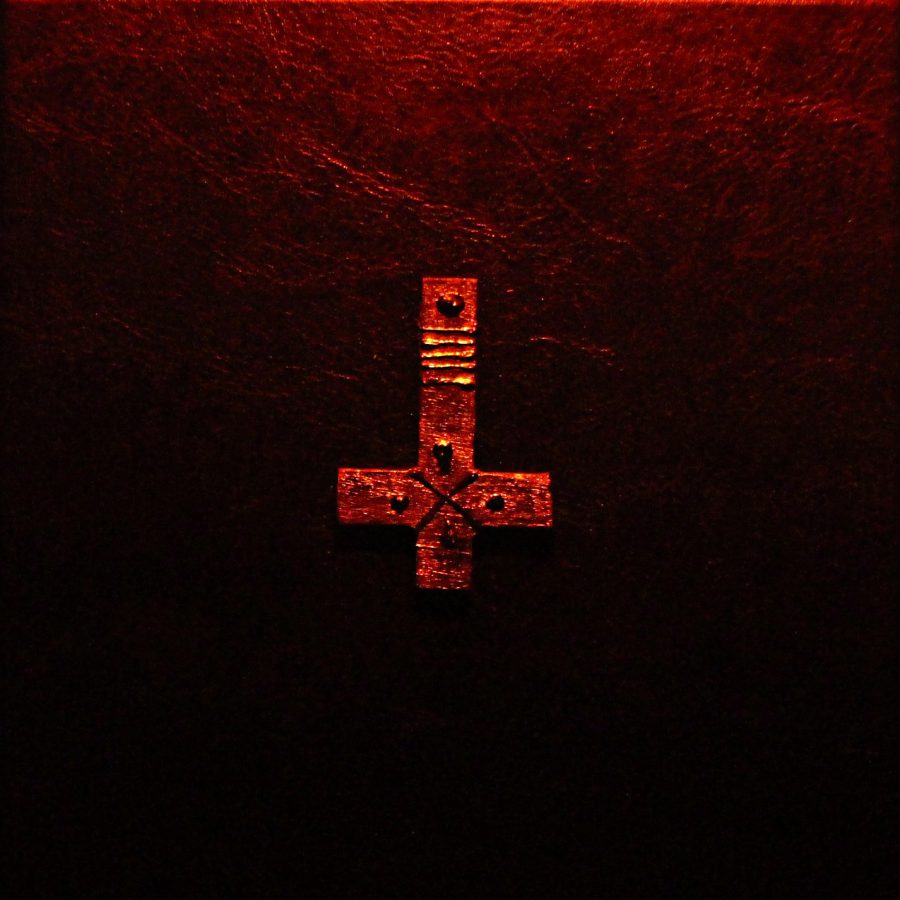
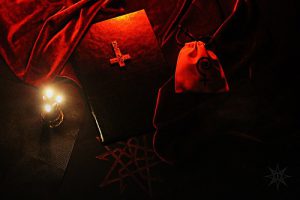 AFFECTVS & Lamia Culta have both been producing music for several years. As individual artists, they both have strong occult leanings. Their solo albums have been enjoyable and noteworthy. But, in 2016 their collaborative album Homines Sacerrimi on the American dark/ritual ambient label
AFFECTVS & Lamia Culta have both been producing music for several years. As individual artists, they both have strong occult leanings. Their solo albums have been enjoyable and noteworthy. But, in 2016 their collaborative album Homines Sacerrimi on the American dark/ritual ambient label  “Verbum Portae Aperio” may be one of the crowning achievements of the album. Both artists showcase their absolute best skills, leaving behind any sense of doubt in the listener. After Lamia Culta‘s invocations at the beginning of the ritual, we are encompassed by sounds conjured from the depths of hell. Demons writhe and scream in the background. Deep bellowing voices appear as she repeats the invocation, “Satan!, Satan!, Satan!”. This intensity gently subsides as she goes from screaming Latin incantations to softly singing as the track comes to its close.
“Verbum Portae Aperio” may be one of the crowning achievements of the album. Both artists showcase their absolute best skills, leaving behind any sense of doubt in the listener. After Lamia Culta‘s invocations at the beginning of the ritual, we are encompassed by sounds conjured from the depths of hell. Demons writhe and scream in the background. Deep bellowing voices appear as she repeats the invocation, “Satan!, Satan!, Satan!”. This intensity gently subsides as she goes from screaming Latin incantations to softly singing as the track comes to its close.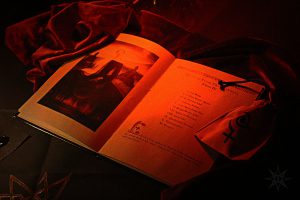 depths of some ancient cavern, delivering the thick incense smoke past the nostrils before vanishing into the abyss. Following her invocation of Satan, Lamia Culta gasps and moans in ecstasy as if the dark lord has been offered her body for his enjoyment. Sacrificing herself to his will, she is fully prepared for the continuation of this diabolical rite. As the rest of Blessings from the Darkness continues, this moment hangs in my mind, never loosening its grip. The deep, rumbling, infernal growls match the euphoria of Lamia Culta, as if that fiendish lord of the underworld has truly savored his offering.
depths of some ancient cavern, delivering the thick incense smoke past the nostrils before vanishing into the abyss. Following her invocation of Satan, Lamia Culta gasps and moans in ecstasy as if the dark lord has been offered her body for his enjoyment. Sacrificing herself to his will, she is fully prepared for the continuation of this diabolical rite. As the rest of Blessings from the Darkness continues, this moment hangs in my mind, never loosening its grip. The deep, rumbling, infernal growls match the euphoria of Lamia Culta, as if that fiendish lord of the underworld has truly savored his offering.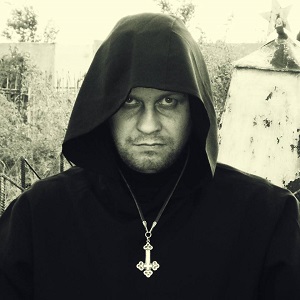 The emotion of Lamia Culta‘s vocal delivery is only part of the reason to find oneself fully encompassed by Blessing from the Darkness. AFFECTVS showcases an absolute mastery of the ritual ambient style. Comparisons to Shibalba can easily be made. But where Shibalba showcase a more conservative aspect of the ritual ambient genre, AFFECTVS takes it to utter extremes. From the howling wind field recordings, to the hypnotic drones, he builds an atmosphere that is visualized with the greatest of easy. The tribal drumming, chimes, and other ritual instrumentation adds yet another layer of authenticity to the rite.
The emotion of Lamia Culta‘s vocal delivery is only part of the reason to find oneself fully encompassed by Blessing from the Darkness. AFFECTVS showcases an absolute mastery of the ritual ambient style. Comparisons to Shibalba can easily be made. But where Shibalba showcase a more conservative aspect of the ritual ambient genre, AFFECTVS takes it to utter extremes. From the howling wind field recordings, to the hypnotic drones, he builds an atmosphere that is visualized with the greatest of easy. The tribal drumming, chimes, and other ritual instrumentation adds yet another layer of authenticity to the rite.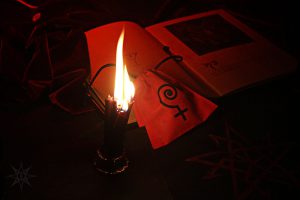 Offered on
Offered on